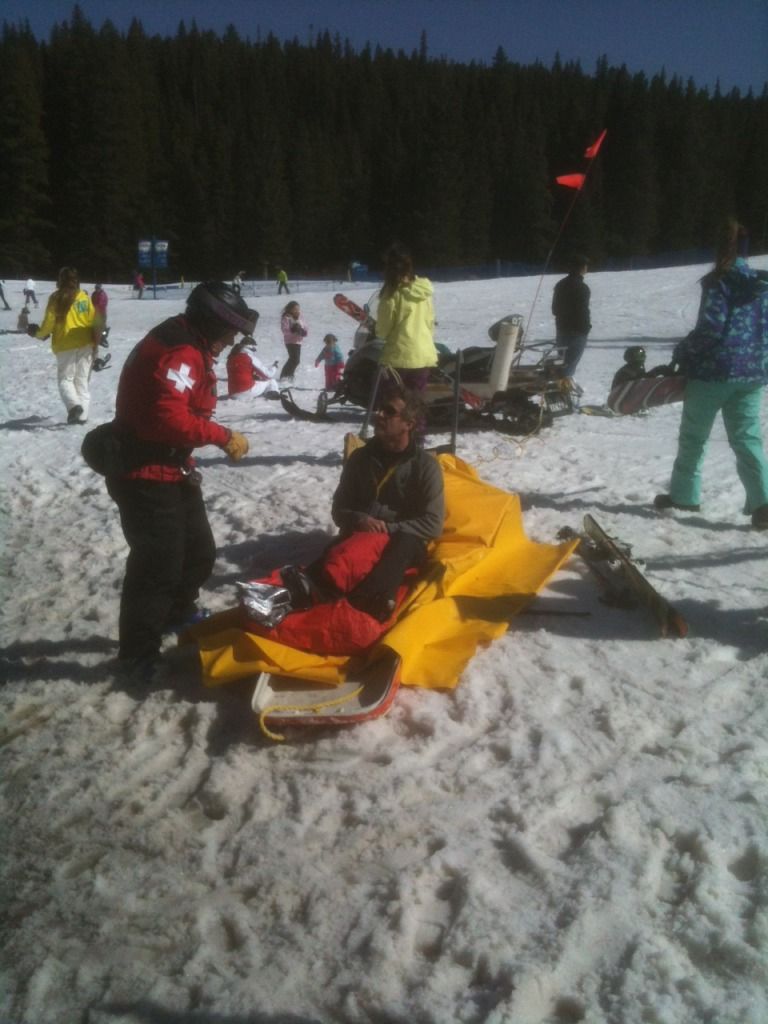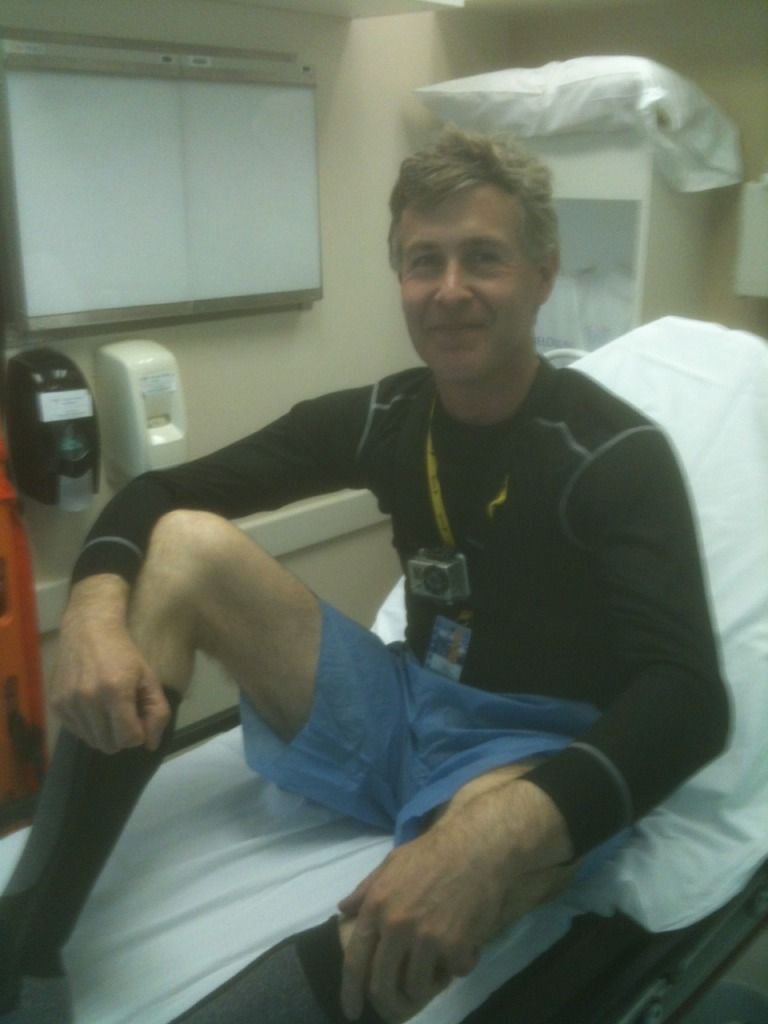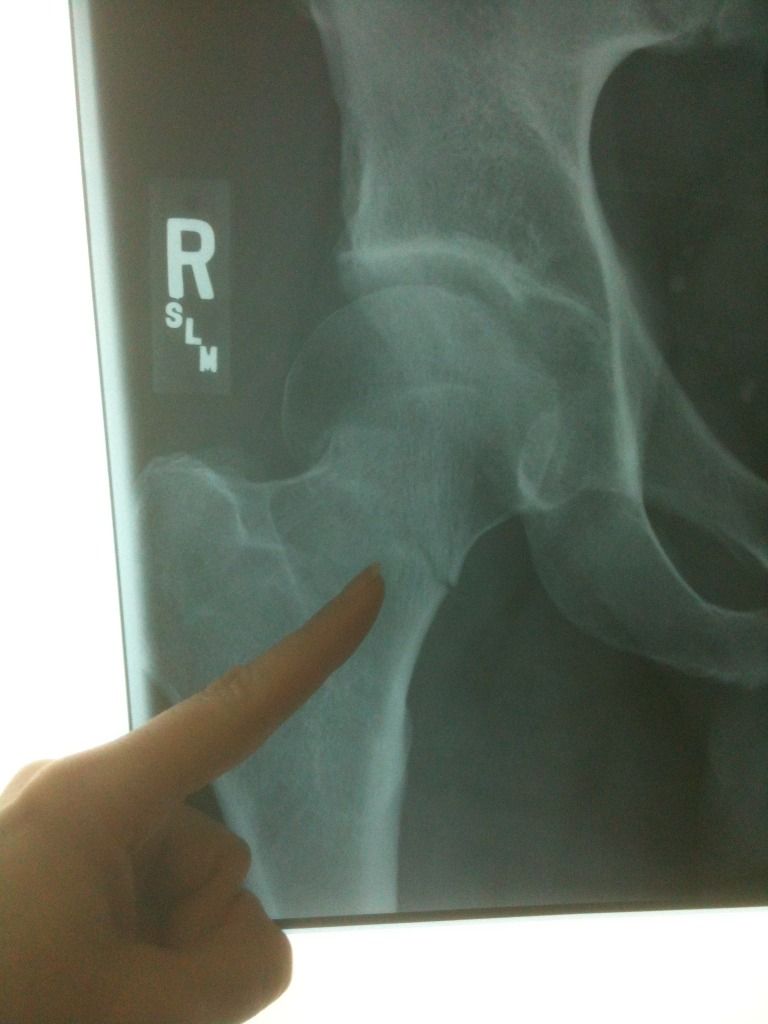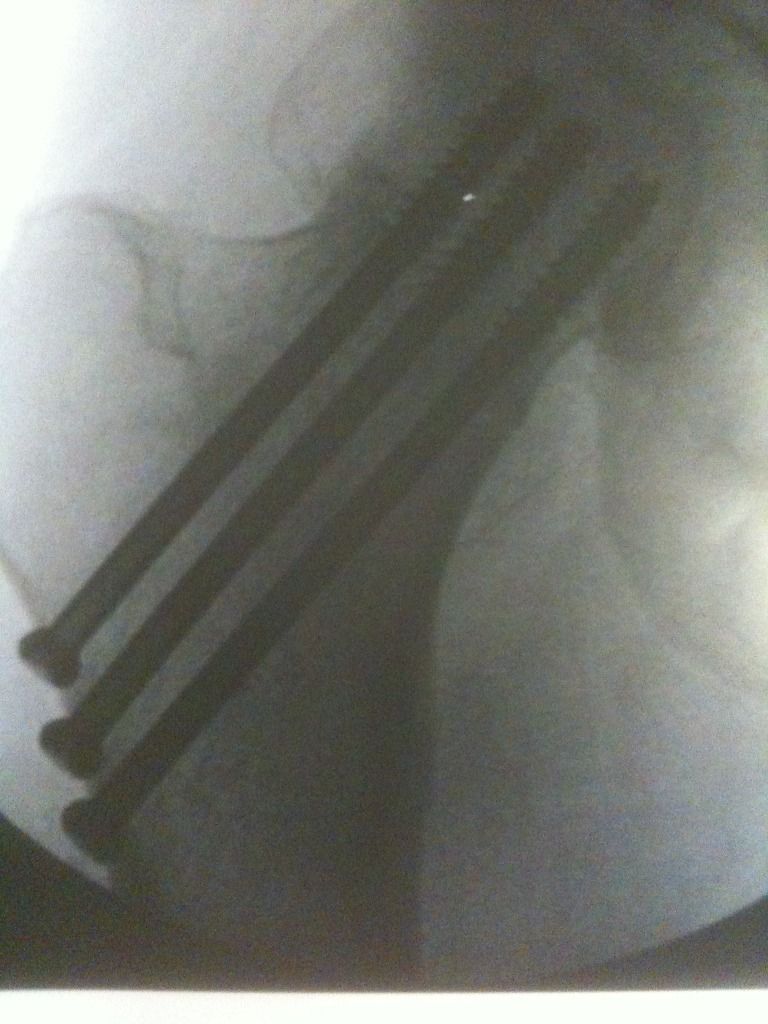1
FE Technical Forum / Variable Flow Gerotor Oil Pump
« on: June 28, 2021, 04:58:46 PM »
Most of you guys probably remember my oil pump dyno thread from earlier this year:
http://fepower.net/simplemachinesforum/index.php?topic=9685.0
You're probably saying to yourselves, "This guy must be an incredible nerd with too much time on his hands! Why go to all of that trouble just to play with oil pump designs that have been around forever?"
FYI you're right about the nerd part But there's I reason I did this. Manufacturers are looking for every way possible to squeeze more economy out of our old dinosaur burners. It turns out the oil pump is a pretty significant parasitic load on an engine. Oil pumps are designed for the worst-case needs of your engine, like towing a heavy load up a mountain on a hot summer day. When you're just turnpike cruisin', the engine is producing much less power and heat. Oil flow can safely be cut by half or less. This saves parasitic load on the engine and increases cruise fuel economy.
But there's I reason I did this. Manufacturers are looking for every way possible to squeeze more economy out of our old dinosaur burners. It turns out the oil pump is a pretty significant parasitic load on an engine. Oil pumps are designed for the worst-case needs of your engine, like towing a heavy load up a mountain on a hot summer day. When you're just turnpike cruisin', the engine is producing much less power and heat. Oil flow can safely be cut by half or less. This saves parasitic load on the engine and increases cruise fuel economy.
Standard gerotor oil pumps have a fixed oil flow for a given engine rpm, so people have had to go to vane-type pump designs to achieve variable flow independent of rpm. These pumps work, but they're complex, delicate, and expensive. They're also very sensitive to oil contamination. Despite this, Ford went to a variable vane oil pump on the new Godzilla truck engine. In the video below, Brian Wolfe explains how using a variable flow oil pump got them to their fuel economy goals without resorting to cylinder deactivation or direct injection. Pretty cool!
https://www.youtube.com/watch?v=CJztLbsQ7Y4
So I got interested in variable flow pumps a couple of years ago. The goals of my new design would be:
- Simple, durable, and cost effective
- Close as possible to existing "gerotor" pump technology
- Able to handle dirty oil as well as existing gerotor pumps
- Fail-safe design goes to maximum flow if the control fails
- Compact package, as close as possible to existing pump size
- Able to reduce flow (and pump drive power) at least 50%
Those are pretty lofty goals. It took a couple of years of work, but I got there! The fun part is that I used an FE oil pump (Melling M-57B) as the base for my first prototype. The old dog can learn new tricks
Here's a picture of the prototype pump:

I can't get into too many details on how it works (still too early in the patent process), but you can see a transmission control solenoid on the side of the pump. The solenoid regulates a hydraulic circuit inside that moves mechanical parts to vary the rotor's flow volume. I'll try to anticipate some thoughts people may have:
- I am not just dumping excess oil overboard, like auto transmission pumps do. That's pretty wasteful.
- This is not a variable bypass design that sends extra oil from the output side back to the input. Those controlled-bypass approaches have already been patented. They don't seem to work very well, since Ford even bought one fifteen years ago and it has yet to appear in production. I suspect oil aeration may be an issue based upon my earlier testing...
- Based upon patent searches, this seems to be a unique approach that can massively change the pump's output without adding too much size.
I've spent plenty of time on the test rig with this prototype. Here are a couple of curves showing min (red) and max (green) flow and pressure. I'll attach these charts so you can look at them in better detail. The pump power drops proportionally as the flow and pressure drop:


Here's a shot of the pump mounted to the test rig adapter:

I also developed a little hand-held touchscreen controller to run the pump. It can set the pressure anywhere within the colored area of those charts. (There is a minimum and maximum built into the pump at any given speed. You can't go below the red line or above the green line. Anything in between is fair game!) Here's what the controller looks like. It plugs right into that control solenoid:

Here's a video showing the control working at 4,000 engine rpm. The tachometer is showing pump rpm, which is 2,000. When the video starts, the control is off and shows red. I then touch the button and select different pressures. You'll notice the rig speeds up a bit when I lower the pressure. That's because the pump input power drops:
https://www.youtube.com/watch?v=WAlSgGHSaaw
Here's a video showing what happens when I disconnect the pump control. You'll see that the pump instantly reverts to max flow. At this point it's just like a standard M-57B pump.
https://www.youtube.com/watch?v=rrg5fPuWveM
I tried to make this as short as possible, but it's two years of work. There was a lot of frustration and plenty of scrap parts along the way. I don't see a lot of interest from aftermarket guys or racers, since a couple of horsepower in savings isn't a lot. Besides, when you're pushing it you'll want full oil flow anyway. Hopefully this attracts the attention of a manufacturer.
I just wanted to share with you guys. There are lots of smart cookies on here! I know some of you guys are secretly as nerdy as I am So, flame away!
So, flame away!
Oops - Linked to an incorrect video. Fixed
http://fepower.net/simplemachinesforum/index.php?topic=9685.0
You're probably saying to yourselves, "This guy must be an incredible nerd with too much time on his hands! Why go to all of that trouble just to play with oil pump designs that have been around forever?"
FYI you're right about the nerd part
 But there's I reason I did this. Manufacturers are looking for every way possible to squeeze more economy out of our old dinosaur burners. It turns out the oil pump is a pretty significant parasitic load on an engine. Oil pumps are designed for the worst-case needs of your engine, like towing a heavy load up a mountain on a hot summer day. When you're just turnpike cruisin', the engine is producing much less power and heat. Oil flow can safely be cut by half or less. This saves parasitic load on the engine and increases cruise fuel economy.
But there's I reason I did this. Manufacturers are looking for every way possible to squeeze more economy out of our old dinosaur burners. It turns out the oil pump is a pretty significant parasitic load on an engine. Oil pumps are designed for the worst-case needs of your engine, like towing a heavy load up a mountain on a hot summer day. When you're just turnpike cruisin', the engine is producing much less power and heat. Oil flow can safely be cut by half or less. This saves parasitic load on the engine and increases cruise fuel economy.Standard gerotor oil pumps have a fixed oil flow for a given engine rpm, so people have had to go to vane-type pump designs to achieve variable flow independent of rpm. These pumps work, but they're complex, delicate, and expensive. They're also very sensitive to oil contamination. Despite this, Ford went to a variable vane oil pump on the new Godzilla truck engine. In the video below, Brian Wolfe explains how using a variable flow oil pump got them to their fuel economy goals without resorting to cylinder deactivation or direct injection. Pretty cool!
https://www.youtube.com/watch?v=CJztLbsQ7Y4
So I got interested in variable flow pumps a couple of years ago. The goals of my new design would be:
- Simple, durable, and cost effective
- Close as possible to existing "gerotor" pump technology
- Able to handle dirty oil as well as existing gerotor pumps
- Fail-safe design goes to maximum flow if the control fails
- Compact package, as close as possible to existing pump size
- Able to reduce flow (and pump drive power) at least 50%
Those are pretty lofty goals. It took a couple of years of work, but I got there! The fun part is that I used an FE oil pump (Melling M-57B) as the base for my first prototype. The old dog can learn new tricks

Here's a picture of the prototype pump:

I can't get into too many details on how it works (still too early in the patent process), but you can see a transmission control solenoid on the side of the pump. The solenoid regulates a hydraulic circuit inside that moves mechanical parts to vary the rotor's flow volume. I'll try to anticipate some thoughts people may have:
- I am not just dumping excess oil overboard, like auto transmission pumps do. That's pretty wasteful.
- This is not a variable bypass design that sends extra oil from the output side back to the input. Those controlled-bypass approaches have already been patented. They don't seem to work very well, since Ford even bought one fifteen years ago and it has yet to appear in production. I suspect oil aeration may be an issue based upon my earlier testing...
- Based upon patent searches, this seems to be a unique approach that can massively change the pump's output without adding too much size.
I've spent plenty of time on the test rig with this prototype. Here are a couple of curves showing min (red) and max (green) flow and pressure. I'll attach these charts so you can look at them in better detail. The pump power drops proportionally as the flow and pressure drop:


Here's a shot of the pump mounted to the test rig adapter:

I also developed a little hand-held touchscreen controller to run the pump. It can set the pressure anywhere within the colored area of those charts. (There is a minimum and maximum built into the pump at any given speed. You can't go below the red line or above the green line. Anything in between is fair game!) Here's what the controller looks like. It plugs right into that control solenoid:

Here's a video showing the control working at 4,000 engine rpm. The tachometer is showing pump rpm, which is 2,000. When the video starts, the control is off and shows red. I then touch the button and select different pressures. You'll notice the rig speeds up a bit when I lower the pressure. That's because the pump input power drops:
https://www.youtube.com/watch?v=WAlSgGHSaaw
Here's a video showing what happens when I disconnect the pump control. You'll see that the pump instantly reverts to max flow. At this point it's just like a standard M-57B pump.
https://www.youtube.com/watch?v=rrg5fPuWveM
I tried to make this as short as possible, but it's two years of work. There was a lot of frustration and plenty of scrap parts along the way. I don't see a lot of interest from aftermarket guys or racers, since a couple of horsepower in savings isn't a lot. Besides, when you're pushing it you'll want full oil flow anyway. Hopefully this attracts the attention of a manufacturer.
I just wanted to share with you guys. There are lots of smart cookies on here! I know some of you guys are secretly as nerdy as I am
 So, flame away!
So, flame away!Oops - Linked to an incorrect video. Fixed




 Well, it's now back for a second life! I've built a fixture that bolts onto the spin machine which lets me run automotive oil pumps. I use a SOHC stub cam on cam bearings in a frame. The pump mounts to a removable block and engages the cam drive gear, just as on an engine. Oil is recirculated into a reservoir pan. Here are some shots of the latest configuration:
Well, it's now back for a second life! I've built a fixture that bolts onto the spin machine which lets me run automotive oil pumps. I use a SOHC stub cam on cam bearings in a frame. The pump mounts to a removable block and engages the cam drive gear, just as on an engine. Oil is recirculated into a reservoir pan. Here are some shots of the latest configuration:

 Now it seems to behave pretty well!
Now it seems to behave pretty well!























